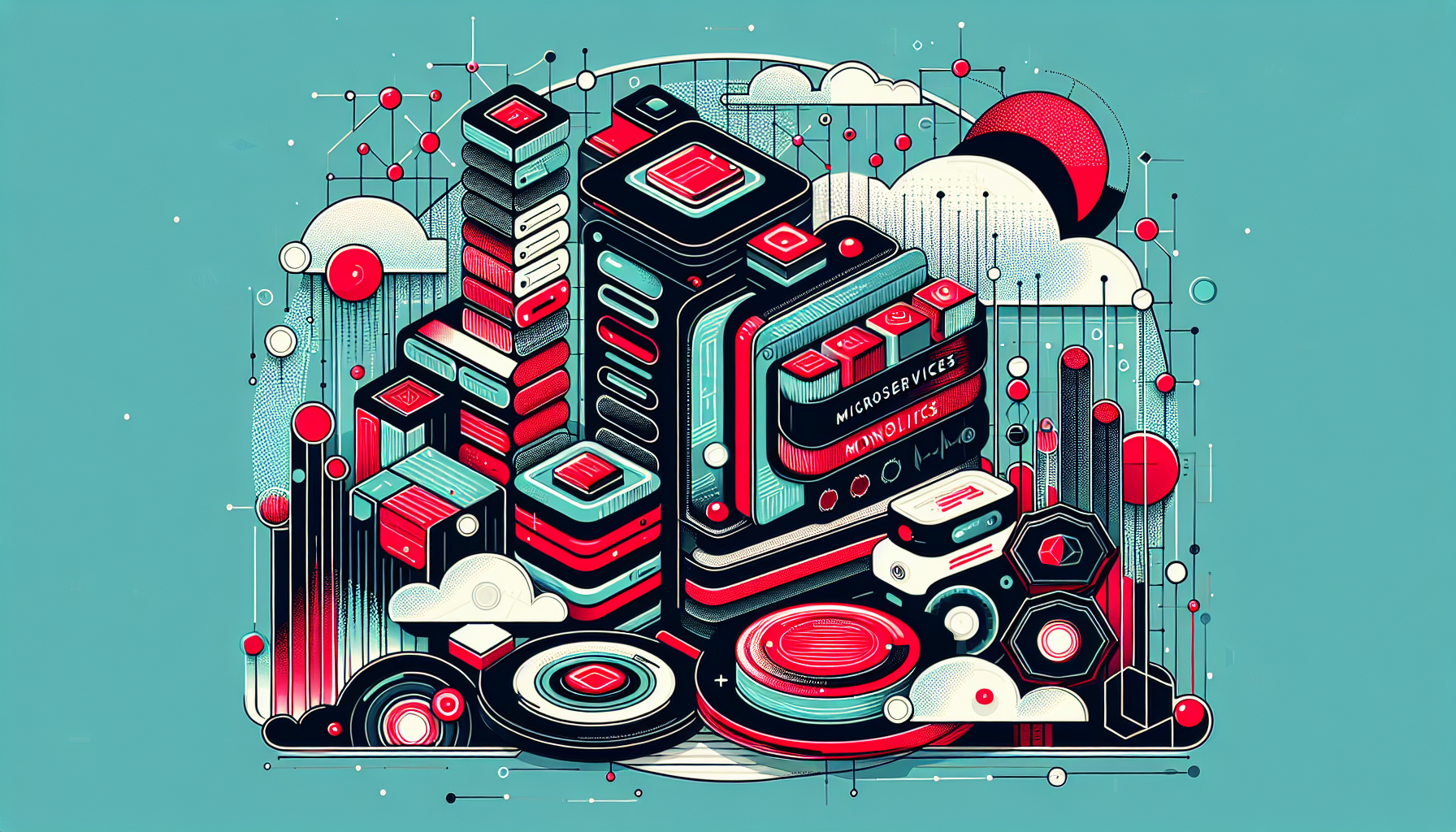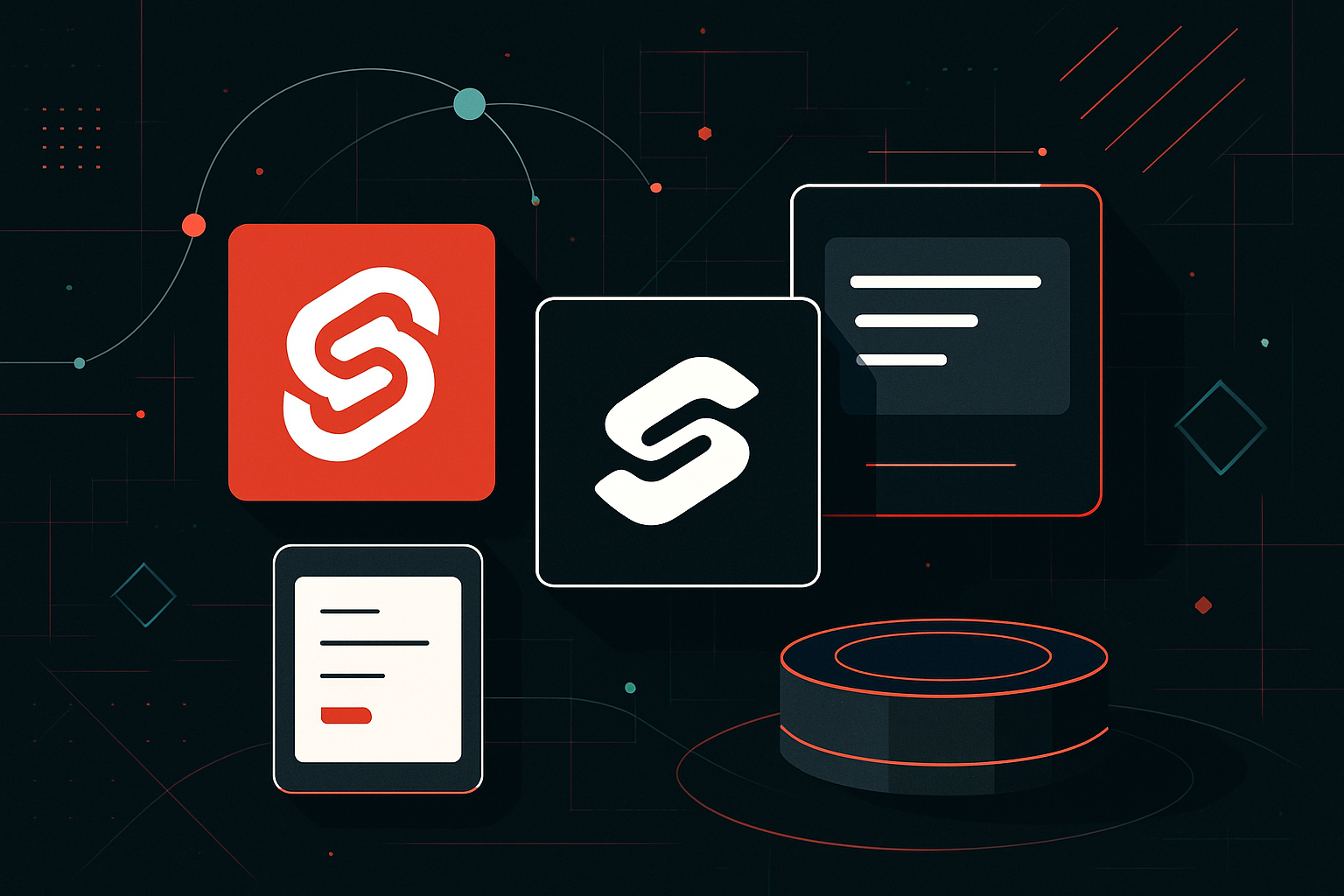Microservices vs. Monolith: Which Architecture Wins?

Microservices vs. Monolith: Which Architecture Wins?
Understanding Monolithic Architecture
Monolithic architecture is a traditional software design model where all components and functions of an application are interconnected and interdependent. This single-tiered software application is self-contained, meaning all processes (e.g., UI, business logic, and data access) are tightly coupled.
Characteristics of Monolithic Architecture
- Single Codebase: The entire application is a single, unified codebase.
- Tight Coupling: Components are closely tied, making independent scaling or updating difficult.
- Synchronous Execution: Functions are typically executed synchronously, leading to potential bottlenecks.
- Centralized Database: A single database is often used for all data-related operations.
Advantages of Monolithic Architecture
- Simplicity: Easier to develop and deploy initially due to a unified codebase.
- Performance: Less overhead in inter-process communication as everything runs within a single process.
- Development Tools: Widely supported by development tools and frameworks.
Disadvantages of Monolithic Architecture
- Scalability: Scaling is limited to the entire application, rather than specific components.
- Flexibility: Changes in one part of the application can affect the entire system.
- Deployability: Even minor updates require the entire application to be redeployed.
- Maintenance: Over time, the codebase can become large and unwieldy.
Understanding Microservices Architecture
Microservices architecture is a modern approach where an application is composed of small, independent services that communicate over networks. Each microservice focuses on a specific business function and can be developed, deployed, and scaled independently.
Characteristics of Microservices Architecture
- Decoupled Services: Each service is a separate component with its own codebase.
- Independent Deployment: Services can be updated and deployed independently.
- Polyglot Programming: Different services can be developed using different programming languages and frameworks.
- Asynchronous Communication: Services often communicate asynchronously via APIs or messaging queues.
Advantages of Microservices Architecture
- Scalability: Scale individual services based on demand, optimizing resource usage.
- Flexibility: Easier to adopt new technologies and frameworks for different services.
- Resilience: Failure in one service does not necessarily impact others.
- Continuous Deployment: Enables faster and more reliable deployment of individual services.
Disadvantages of Microservices Architecture
- Complexity: More challenging to manage due to the number of services and their interactions.
- Network Latency: Communication between services over the network can introduce latency.
- Data Management: Requires careful handling of data consistency across services.
- Testing and Monitoring: More complex due to the distributed nature of the system.
Practical Comparison
| Feature | Monolithic Architecture | Microservices Architecture |
|---|---|---|
| Development | Simpler initial development | Requires more upfront design effort |
| Deployment | Single deployment unit | Multiple deployment units |
| Scalability | Vertical scaling | Horizontal and selective scaling |
| Flexibility | Limited technology stack options | Diverse technology stack options |
| Fault Isolation | Failure affects entire application | Isolated failure within services |
| Testing | Unified testing | Requires testing of service interactions |
Choosing the Right Architecture
When to Use Monolithic Architecture
- Small Teams: Fewer developers can manage a single codebase more easily.
- Simple Applications: Applications with simple business logic or limited functionality.
- Quick Prototyping: When speed to market is more critical than long-term scalability.
- Limited Resources: Organizations with limited resources for managing distributed systems.
When to Use Microservices Architecture
- Complex Systems: Applications with complex business logic that can benefit from service separation.
- Large Teams: Allows multiple teams to work independently on different services.
- Scale Requirements: Applications that require specific parts to handle varying loads effectively.
- Continuous Deployment: Ideal for environments with frequent updates and a need for rapid deployment cycles.
Implementation Examples
Monolithic Example: Simple E-commerce Application
# Django-based monolithic application
from django.db import models
class Product(models.Model):
name = models.CharField(max_length=255)
price = models.DecimalField(max_digits=10, decimal_places=2)
class Order(models.Model):
product = models.ForeignKey(Product, on_delete=models.CASCADE)
quantity = models.PositiveIntegerField()
Microservices Example: E-commerce Application
- Product Service: Handles product catalog
- Order Service: Manages customer orders
- Payment Service: Processes payments
# FastAPI-based Product Service
from fastapi import FastAPI
app = FastAPI()
@app.get("/products/")
async def read_products():
return [{"name": "Item A", "price": 10.99}, {"name": "Item B", "price": 12.99}]
Conclusion
Choosing between monolithic and microservices architectures depends on various factors, including the application’s complexity, team size, and scalability requirements. By evaluating these factors, organizations can select the architecture that best aligns with their goals and resources, ensuring efficient development and deployment processes.





0 thoughts on “Microservices vs. Monolith: Which Architecture Wins?”